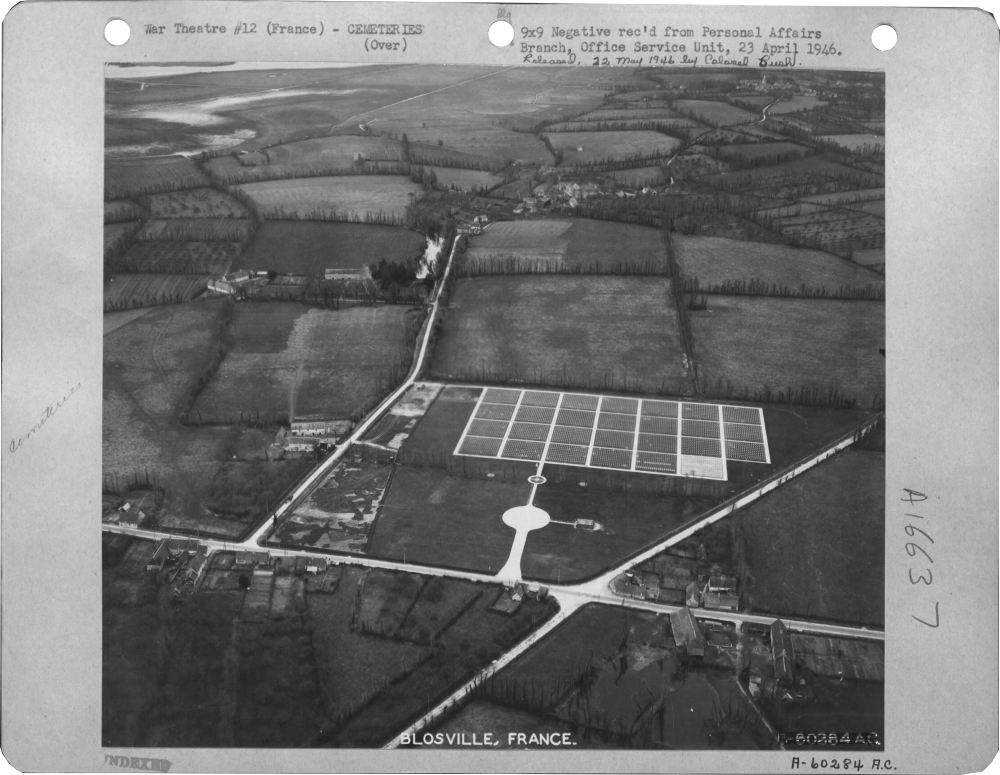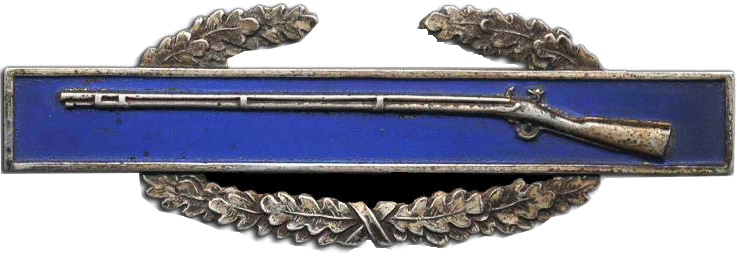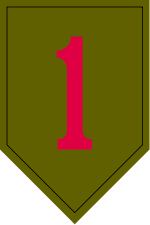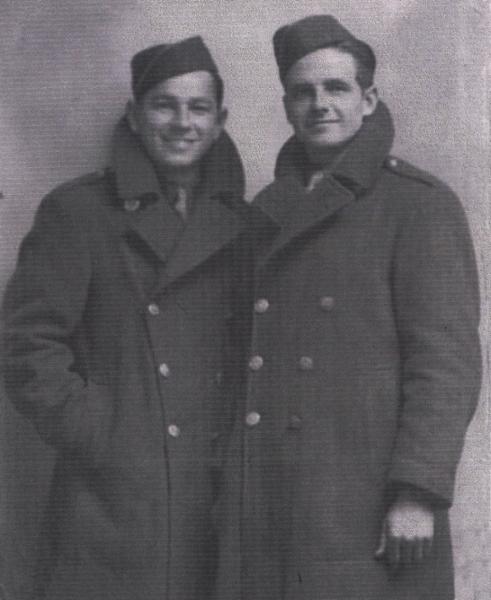|
Frank B. VANDENBERG
| ||||||||||||||||||||||||||||
|---|---|---|---|---|---|---|---|---|---|---|---|---|---|---|---|---|---|---|---|---|---|---|---|---|---|---|---|---|
|
Source : East Point Historical Society
| ||||||||||||||||||||||||||||
| NUMBER OF SERVICE | 36102440 | |||||||||||||||||||||||||||
| AGE | 26 yo | |||||||||||||||||||||||||||
| DATE OF BIRTH | 28 December 1917 Phelps, Comté de Charlevoix, MICHIGAN | |||||||||||||||||||||||||||
| ENLISTMENT STATE | MICHIGAN | |||||||||||||||||||||||||||
| FAMILY |
Parents : Cornelius V & Anna Klooster VANDENBERG Siblings : Grace, John, Jacob, Effie, Ed and Iola. | |||||||||||||||||||||||||||
| RANK | Private First Class | |||||||||||||||||||||||||||
| FONCTION | InfantryMan | |||||||||||||||||||||||||||
| JOB BEFORE ENLISTEMENT |
Worker "Detroit Lumber Company" |  | ||||||||||||||||||||||||||
| DATE of ENLISTEMENT | 18 February 1941 | |||||||||||||||||||||||||||
| COMPANY | Company G | |||||||||||||||||||||||||||
| REGIMENT | 16th Regiment Infantry | |||||||||||||||||||||||||||
| DIVISION | 1st Division Infantry | |||||||||||||||||||||||||||
| DATE OF DEATH | 6 June 1944 |
Source : Abmc.nomadmobileguides.co | ||||||||||||||||||||||||||
| STATUS | KIA | |||||||||||||||||||||||||||
| PLACE OF DEATH | Omaha Beach - Easy Red | |||||||||||||||||||||||||||
| CEMETERY TEMPORARY |
CEMTERY TEMPORARY of St Laurent N°3508
| |||||||||||||||||||||||||||
| CEMETERY | NORMANDY AMERICAN CEMETERY of Colleville | |||||||||||||||||||||||||||
| GRAVE |
| |||||||||||||||||||||||||||
| DECORATION |
| |||||||||||||||||||||||||||
| ||||||||||||||||||||||||||||
| STORY | ||||||||||||||||||||||||||||
|
Pvt. Frank B. VANDENBERG was born on December 28, 1917, in Phelps, Mich. He graduated from East Jordan High School in 1937 and worked with his brothers and sisters on the family ranch for three years. He then moved to Detroit, Mich. where he started working for the Detroit Lumber Company until he was drafted in 1941 at the age of 24. During training Vandenberg was preparing for the invasion of Europe, first with the 30th Infantry Division and then with the 1st Infantry Division, nicknamed the “Big Red One.” On November 1, 1942, the 1st Infantry Division landed on the coast of Algeria as part of Operation Torch. Following the surrender of Tunisia, the 1st Division made its way towards Sicily in Operation Husky. The division eventually captured Troina in Sicily and opened the Allied road to the straits of Messina. During preparations for D-Day, Vandenberg and his regiment carried out some of the most realistic training ever done for the Normandy Invasion. On June 6, 1944, Vandenberg and the “Big Red One” landed on Omaha Beach. His company was scheduled for the infantry assault wave following Company E and F at H+30 minutes. They reached land in the face of heavy enemy fire. As Company G made their way to higher ground, Vandenberg was shot and killed by German gunfire. He was 26 years old. |
Source : Abmc | |||||||||||||||||||||||||||
| | ||||||||||||||||||||||||||||
Activated/Activé |
Normandy/Normandie |
| 17 Jun 1917 | Days of Combat/Jour de Combat 443 |
| Casualties/Victimes 20 659 | |
Entered Combat/Entré au combat |
|
| 8 Nov 1942 North Africa | |
|
Commanding Generals/Commandants généraux Maj. Gen. Donald Cubbison (Feb 41 - Aug 42) |
Campaigns/CampagnesAlgeria-French Morocco (8 Nov 42 - 11 Nov 42)
|
PLAN DE ROUTE DE LA CAMPAGNE de MEDITERANNEE - CAMPAIGN ROUTE MAP |
|
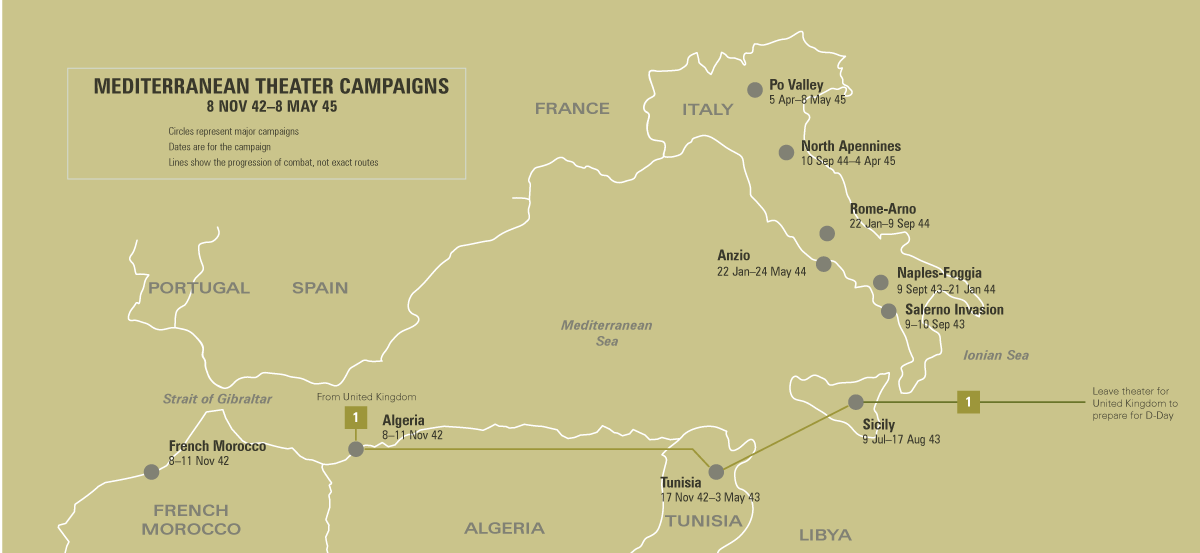 |
|
PLAN DE ROUTE DE LA CAMPAGNE - CAMPAIGN ROUTE MAP |
|
 |
|
DIVISION CHRONICLEThe 1st Infantry Division saw its first combat in World War II in North Africa, landing at Oran and taking part in the initial fighting, 8-10 November 1942. Elements then took part in seesaw combat at Maktar, Medjez el Bab, Kasserine Pass, Gafsa, El Guettar, Beja, and Mateur, 21 January-9 May 1943, helping secure Tunisia. The First was the first ashore in the invasion of Sicily, 10 July 1943 ; it fought a series of short, fierce battles on the island's tortuous terrain. When that campaign was over, the Division returned to England to prepare for the Normandy invasion. The First Division assaulted Omaha Beach on D-day, 6 June 1944, some units suffering 30 percent casualties in the first hour, and secured Formigny and Caumont in the beachhead. The Division followed up the St. Lo break-through with an attack on Marigny, 27 July 1944, and then drove across France in a continuous offensive, reaching the German border at Aachen in September. The Division laid siege to Aachen, taking the city after a direct assault, 21 October 1944. The First then attacked east of Aachen through Hurtgen Forest, driving to the Roer, and moved to a rest area 7 December for its first real rest in 6 months' combat, when the von Rundstedt offensive suddenly broke loose, 16 December. The Division raced to the Ardennes, and fighting continuously from 17 December 1944 to 28 January 1945, helped blunt and turn back the German offensive. Thereupon, the Division attacked and again breached the Siegfried Line, fought across the Roer, 23 February 1945, and drove on to the Rhine, crossing at the Remagen bridgehead, 15-16 March 1945. The Division broke out of the bridgehead, took part in the encirclement of the Ruhr Pocket, captured Paderborn, pushed through the Harz Mountains, and was in Czechoslovakia, at Kinsperk, Sangerberg, and Mnichov, when the war in Europe ended.
|
CHRONIQUE DE DIVISIONLa 1ère Division d'infanterie vit son premier combat en Afrique du Nord lors de la Seconde Guerre mondiale, débarquant à Oran et prenant part aux combats initiaux, du 8 au 10 novembre 1942. Les éléments participèrent ensuite aux combats en balançant à Maktar, Medjez el Bab, Col de Kasserine, Gafsa, El Guettar, Beja et Mateur, du 21 janvier au 9 mai 1943, contribuant à la sécurisation de la Tunisie. Le premier a été le premier à terre dans l'invasion de la Sicile, le 10 juillet 1943; il a combattu une série de batailles courtes et féroces sur le terrain tortueux de l'île. Quand cette campagne fut terminée, la Division revint en Angleterre pour se préparer à l'invasion de la Normandie. La première division a attaqué Omaha Beach le jour J, le 6 juin 1944, certaines unités subissant 30% de pertes au cours de la première heure et sécurisant Formigny et Caumont dans la tête de pont. La Division a suivi la percée de Saint-Lô avec une attaque sur Marigny, le 27 juillet 1944, puis a traversé la France dans une offensive continue, atteignant la frontière allemande à Aix-la-Chapelle en septembre. La Division a assiégé Aix-la-Chapelle après un assaut direct, le 21 octobre 1944. Le Premier a ensuite attaqué à l'est d'Aix-la-Chapelle par Hurtgen Forest, jusqu'à la Roer, et s'est installé dans une aire de repos le 7 décembre pour son premier repos. combat de mois, quand l'offensive de von Rundstedt se déchaîna subitement, le 16 décembre. La division a couru vers les Ardennes, et combat continuellement du 17 décembre 1944 au 28 janvier 1945, a aidé à émousser et à retourner l'offensive allemande. La Division attaqua de nouveau la ligne Siegfried, traversa la Roer, le 23 février 1945, et se dirigea vers le Rhin, traversant la tête de pont de Remagen, du 15 au 16 mars 1945. La division sortit de la tête de pont. dans l'encerclement de la poche de la Ruhr, capturé Paderborn, poussé à travers les montagnes du Harz, et était en Tchécoslovaquie, à Kinsperk, Sangerberg et Mnichov, lorsque la guerre en Europe a pris fin.
|
| SOURCE INFORMATION & PHOTO | Armydivs.squarespace.com |
|---|
| SOURCE INFORMATION & SOURCE PHOTO | Abmc.nomadmobileguides.com - Abmc.gov - Rememberourliberators - Findagrave.com |
|---|---|
| PROGRAMMER | Henri, Garrett, Clive, Frédéric & Renaud |






















